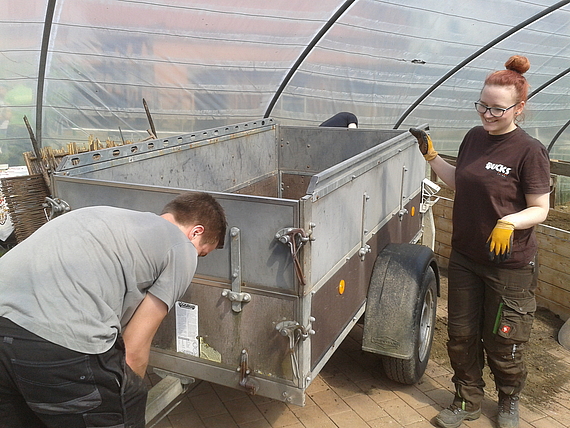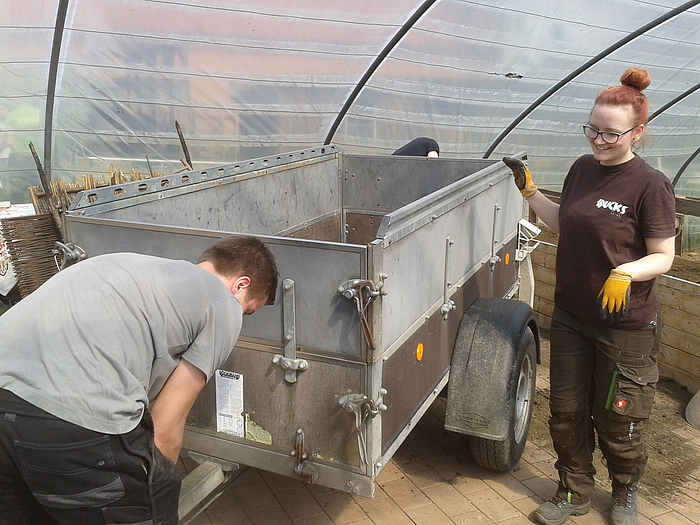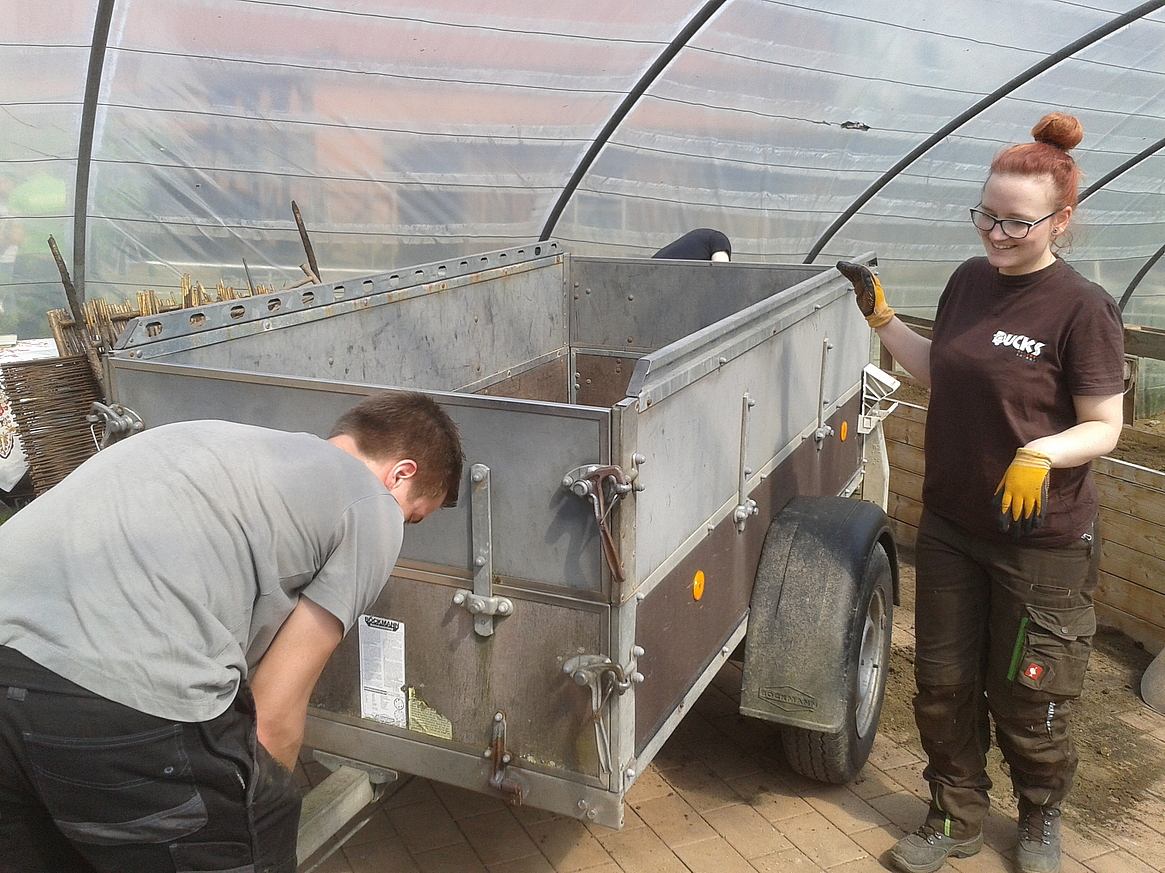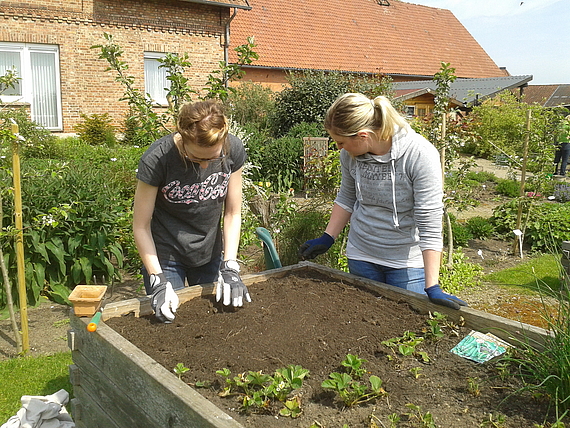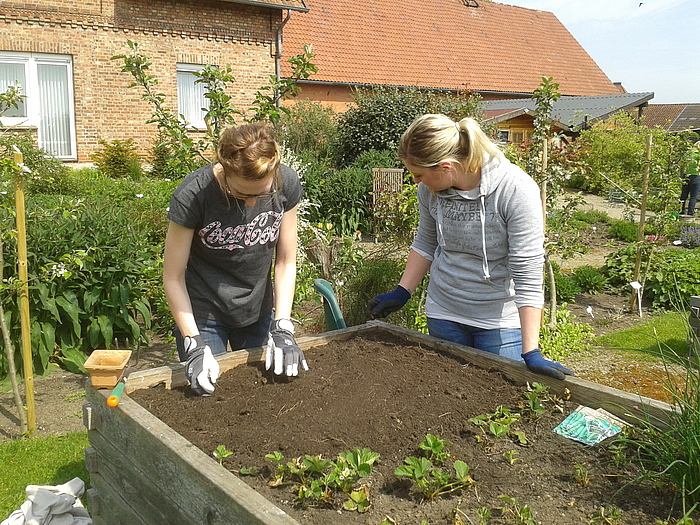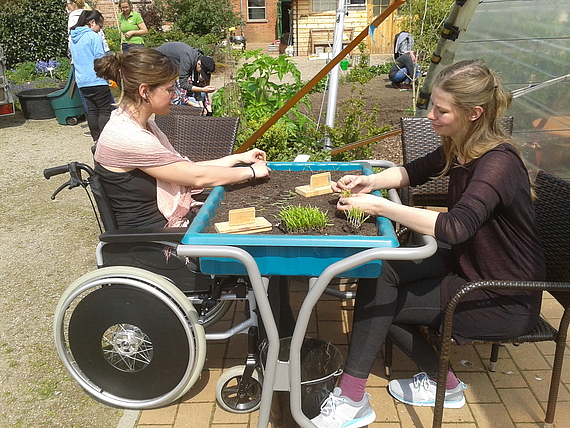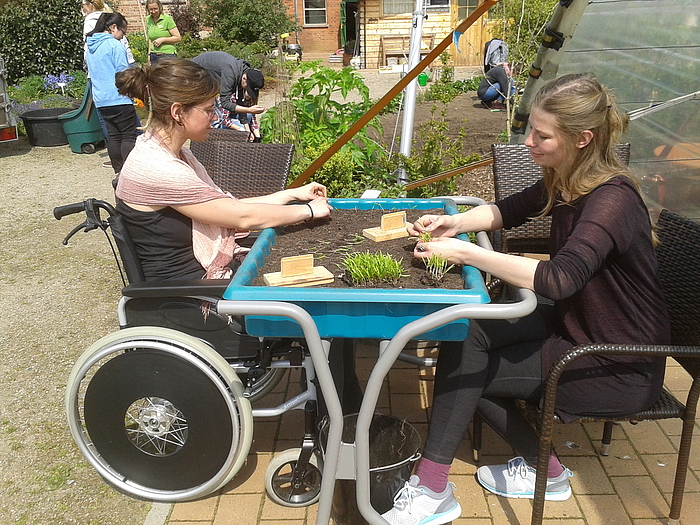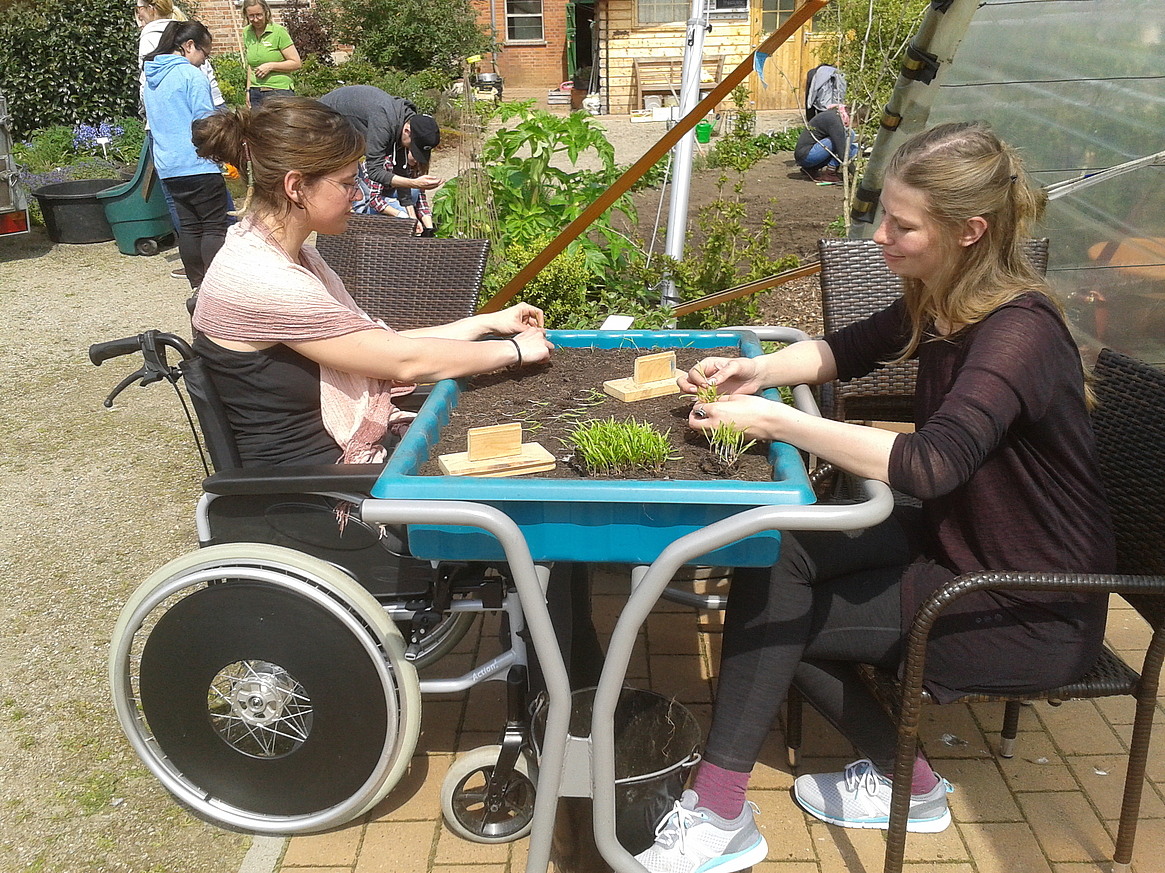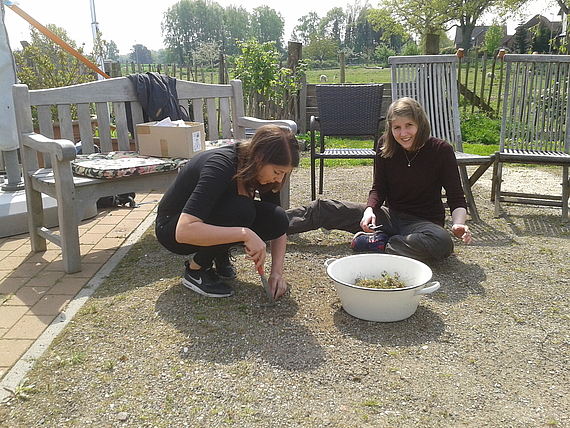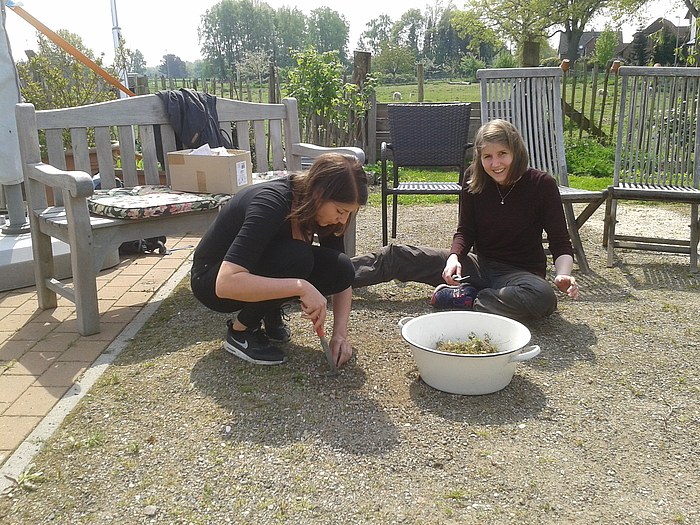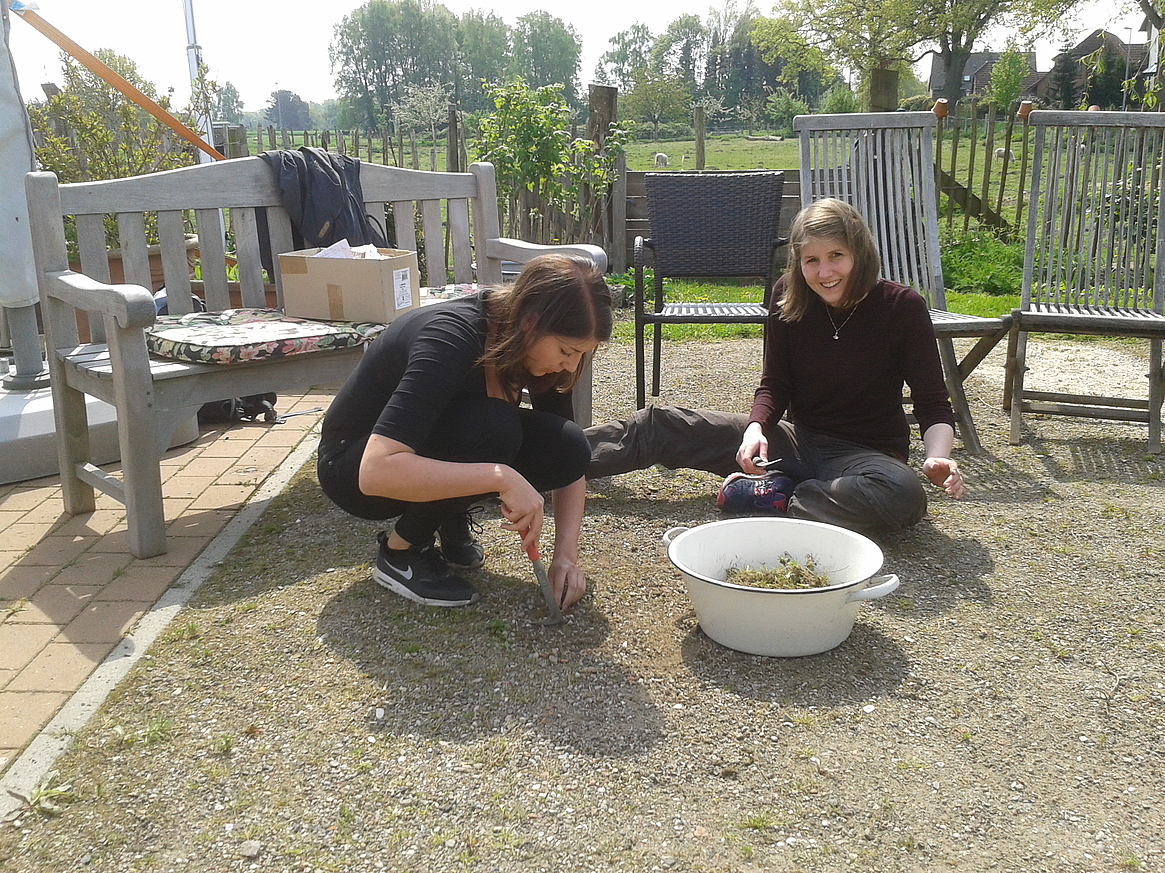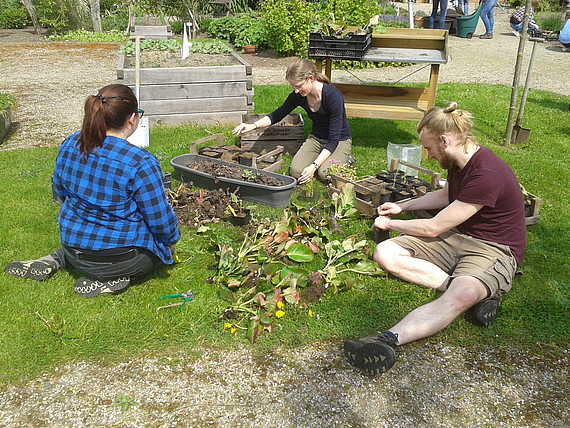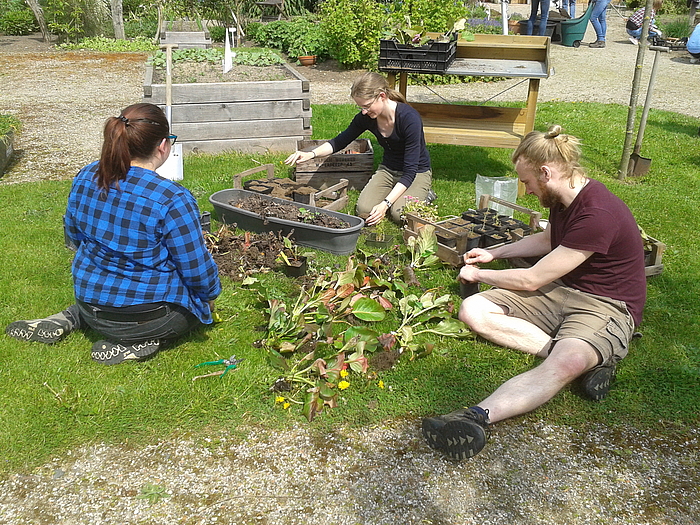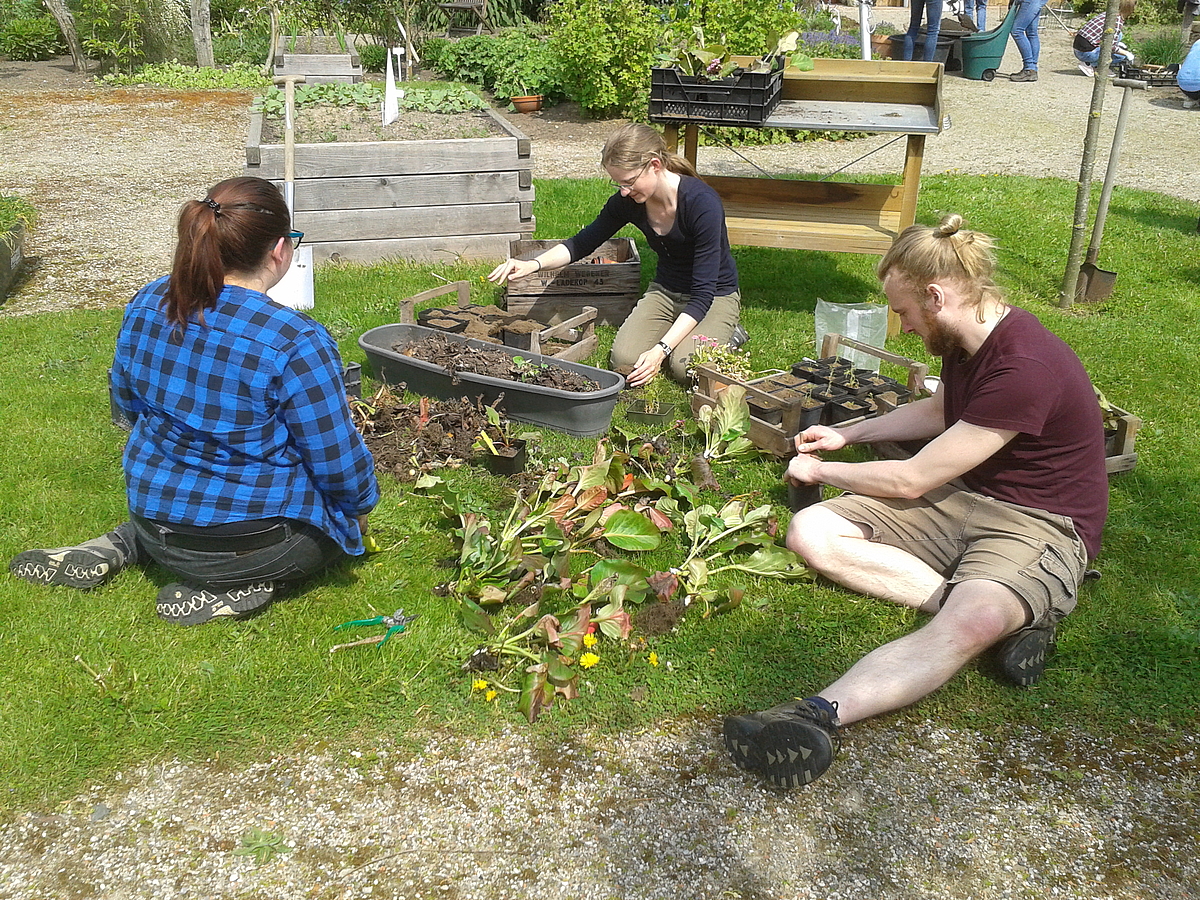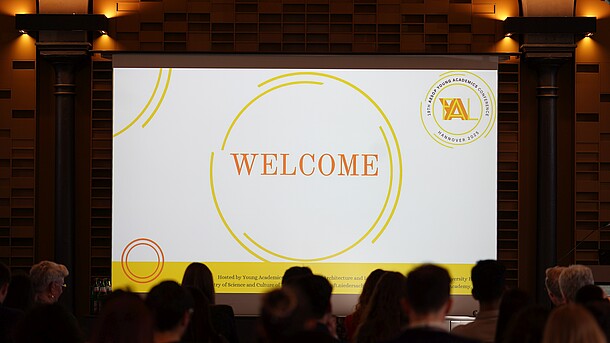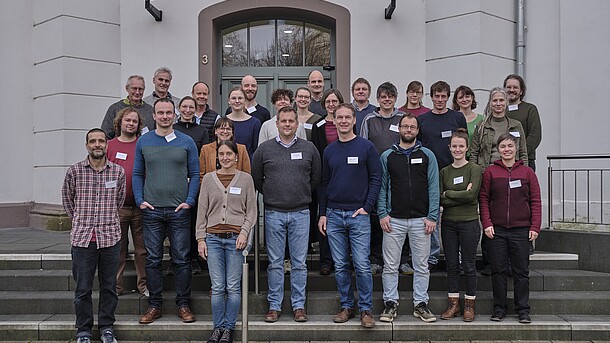On May 12, 2017, 22 students visited the therapy garden of the association "Grüne Stunde e.V." in Wedemark, district of Mellendorf. Three years ago, work began on redesigning the approx. 900 square meter kitchen garden at the home of an agricultural business. Host Corinna Cieslik-Bischof, perennial gardener and trained garden therapist, showed on site what makes a garden a therapy garden and what requirements it must meet.
In the morning, the guests did some gardening themselves in small groups: They sowed, pricked out and potted, prepared new beds and weeded paths. Corinna Cieslik-Bischof explained in each case how she carries out this work with her guests in need of care or nursing, especially elderly people with dementia, what to look out for and what effects the joint work has. Caregiving relatives are also welcome in the garden and can relax here, for example, while looking out over the adjacent Wedemark fields.
In addition to gardening, the students were also able to try out getting around in wheelchairs. They tested, for example, the navigability of various path surfaces and the ability to drive underneath work tables.
In the afternoon, the guests experienced an authentic "green hour", at the garden table, as offered by the garden therapist in retirement homes and residential groups. Engaging with herbs was on the agenda, and students learned a great deal about how scents and tactile sensations enhance memory.
In the final round, the guests emphasized the positive effect of the garden day on their own well-being: Many had "come down" and felt significantly refreshed - and surprised at how easy it was to produce this effect.
To the therapy garden of the association Grüne Stunde e.V. in Mellendorf
To the report in the Wedemark-Echo, May 17, 2017
